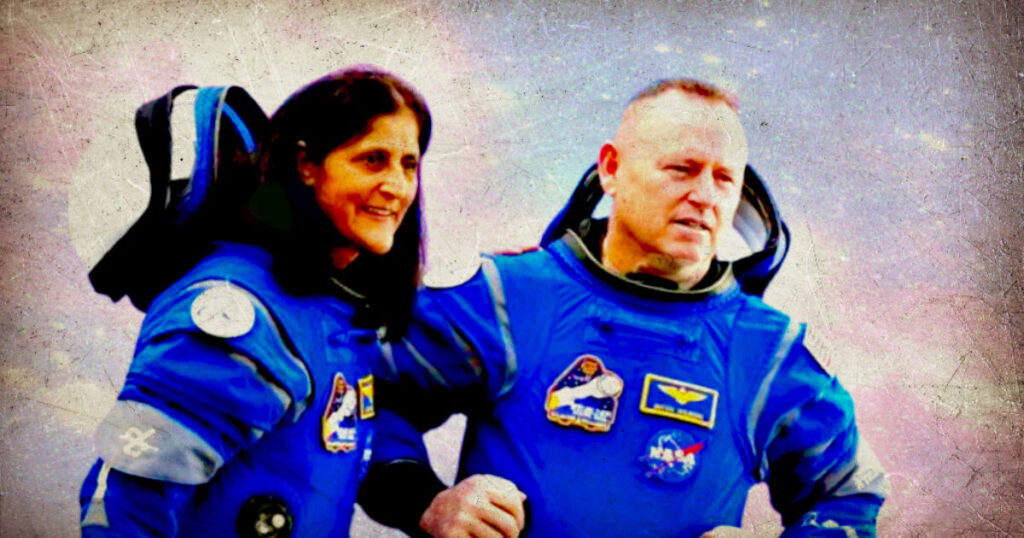Butch Wilmore and Suni Williams, NASA astronauts, recently undertook an unexpected and unprecedented journey aboard Boeing’s Starliner capsule to the International Space Station (ISS). Initially set for a brief mission lasting 8 to 10 days, Wilmore and Williams now face an extended stay of approximately 9 months due to a significant delay in the next crew rotation mission. The Crew-10 mission, operated by SpaceX, was originally scheduled for February 2025 but has been postponed to late March to allow SpaceX additional time to finalize a new Crew Dragon spacecraft for the flight. As a consequence of this delay, the current Crew-9 mission, which includes Wilmore and Williams, will need to remain at the ISS longer than anticipated.
Upon launching to the ISS in early June, Wilmore and Williams were integrated into the Crew-9 flight after the Starliner experienced various complications leading to its empty return. The unintended extension of their mission has turned into a challenging predicament; however, it reflects contributions to ongoing research and operations aboard the ISS. Their stay aboard the orbital laboratory symbolizes the complexities of space missions, especially under the constraints of technological issues. As members of Crew-9, they are playing critical roles in various research projects and maintenance tasks while dealing with the unforeseen duration in microgravity.
NASA is no stranger to long missions on the ISS, with astronauts like Frank Rubio having spent an astonishing 365 consecutive days in orbit after an incident with a Soyuz spacecraft. Prolonged periods in space bring a range of physical changes, particularly in terms of muscle and bone loss due to the microgravity environment. Wilmore and Williams, now almost into the fourth month of their extended mission, are likely experiencing similar effects. Suni Williams has countered these potential issues through rigorous exercise routines, designed to maintain physical fitness and mitigate the impacts of long-duration spaceflight. Williams emphasizes her workout regimen, which includes cycling, running on a treadmill, and weightlifting to strengthen muscle and improve bone density.
In her discussions, Williams highlights the positive outcomes of this regime, indicating noticeable changes in her physique, particularly in her thighs and overall strength. The emphasis on exercise is crucial in space, where astronauts are typically prone to losing muscle and bone density without regular resistance and cardiovascular workouts. Her personal reflections, as reported, emphasize the extent to which astronauts must adapt to their environments, underscoring the importance of fitness in maintaining health during extended missions. Williams’s experience attests to the resilience and adaptability of crew members in the face of formidable challenges like weightlessness and extended duration in space.
Beyond overcoming physical challenges, Wilmore and Williams’s extended mission reflects the exciting yet complex nature of current and future human space exploration. They join their fellow Crew-9 astronauts to conduct vital research and maintenance efforts that are essential for the ISS’s, and humanity’s, next steps in space exploration. Their extended stay is not merely a footnote; it serves as a reminder of the unpredictable nature of space missions and the resilience required to ensure successful outcomes while advancing human knowledge in this frontier.
The extension of Wilmore and Williams’s mission poses challenges, but it also provides opportunities for scientific advancements and personal growth. As they adjust to their extended timeline in the unique setting of the ISS, they contribute significantly to the body of research aimed at understanding the implications of long-duration spaceflight for human capabilities. Their experience will play an essential role in shaping future missions, with insights that will be invaluable for upcoming space exploration endeavors, particularly as humanity sets its sights on more ambitious missions, including potential Martian expeditions.

